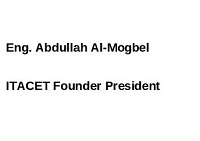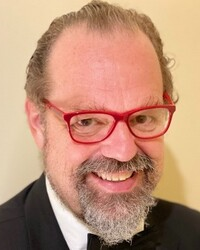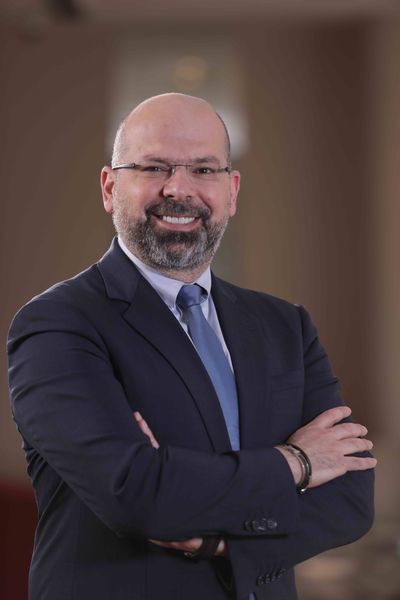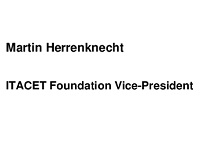ITACET scholarship recipient completes thesis on 3D numerical methods
Daniela Zapata Franco, student at INSA, Lyon and originally from Colombia, received the ITACET Foundation scholarship for the year 2018-2019. The Foundation followed Daniela throughout her Masters and were lucky enough to attend her thesis defence back in September. Here she gives us a summary of the what her work entailed:
When a tunnel is excavated in urban areas, in order not to generate damage to the existing constructions caused by differential settlements, the technique of tunnel face bolting is very often used in the excavation of tunnels with conventional methods.
In terms of settlement prediction, it has been shown that 3D numerical modelling is the method that shows the most “realistic” results. Even if it is also a simplification of the reality, this method is the one which better considers the different phenomenon that take place in a tunnel’s excavation. Nevertheless, 3D numerical models can be long and tedious to do for engineers.
The objective of my professional thesis was to study different simplified 3D numerical methods simulating a conventional excavation method with face bolting, using the concept of “instantaneous longitudinal settlement curve”. Two 3D simplified methods were developed, giving the stabilized displacements with a considerable reduction of the calculation time. This makes the 3D simplified methods very interesting in the design phases of a tunnel.
The thesis consisted of the analysis of the measurements of settlements and extrusions during the excavation of a tunnel as part of the extension of metro line 11 in Paris. Then, a re-analysis of the soil’s characteristics was done, in order to fit the measured displacements values with a 3D complete numerical model. Finally, the 3D simplified models have been developed and validated using the 3D complete model fitted on the in-situ measures.
With these 3D simplified methods, the calculation time is considerably reduced, compared to a 3D complete model. The 3D numerical models can therefore become a method of calculation very interesting, and less tedious for engineers, in the design phases of a tunnel. In fact, with just some calculation steps, the 3D simplified methods give the stabilized values of displacements and could even give the structural efforts.
The Foundation wishes Daniela lots of luck for the next steps in her tunnelling journey!















